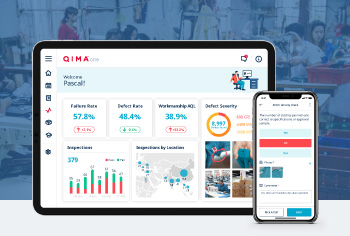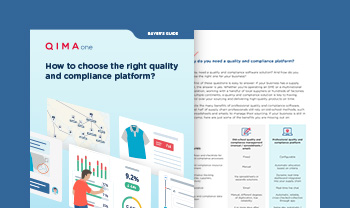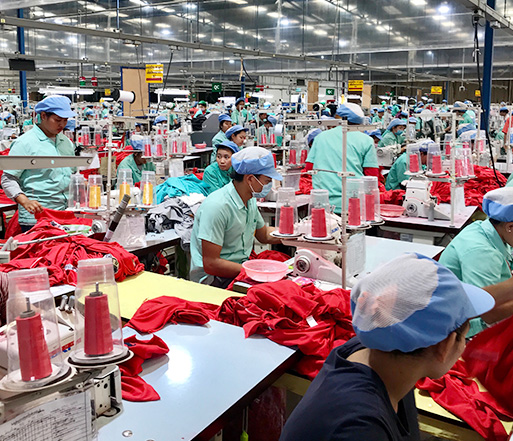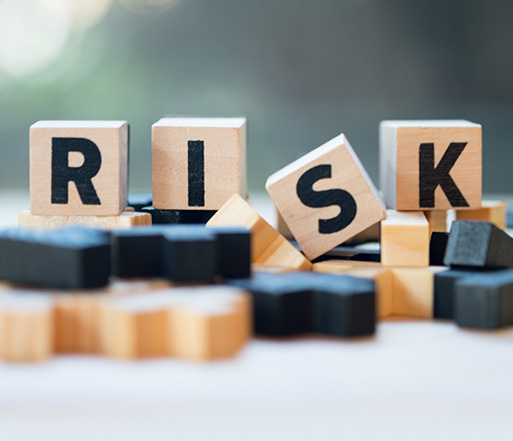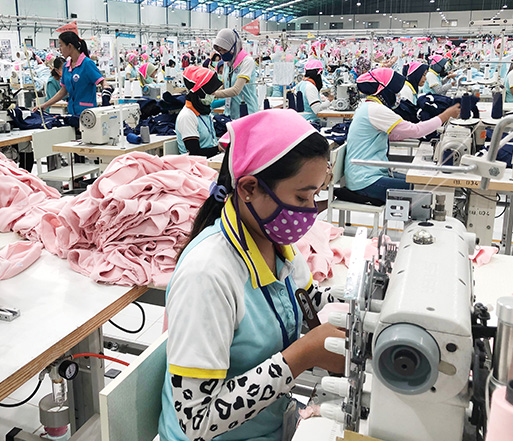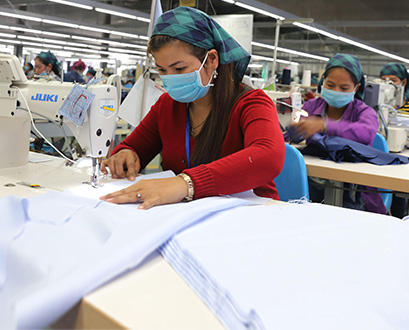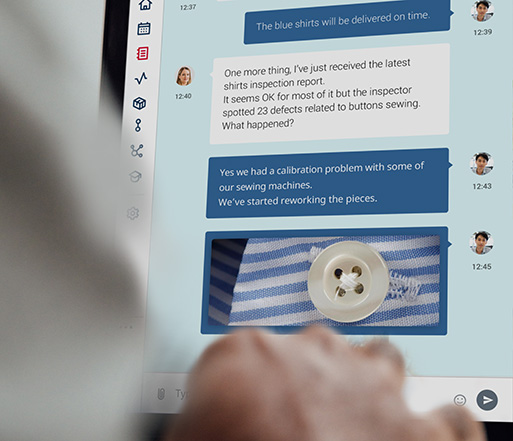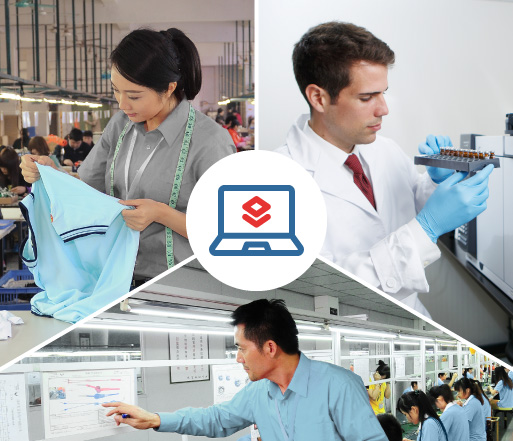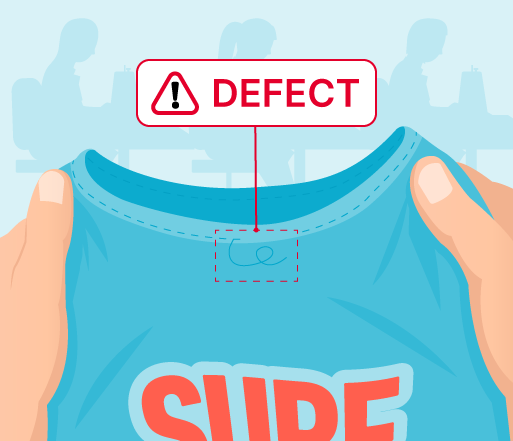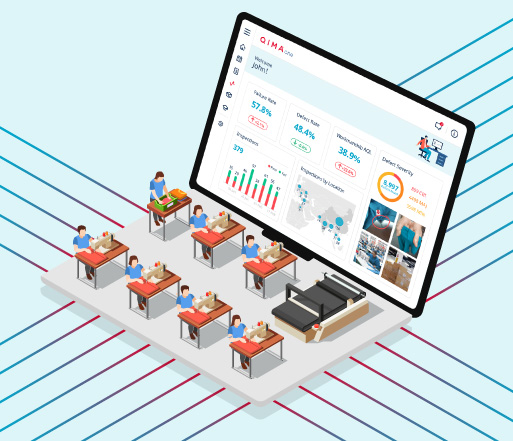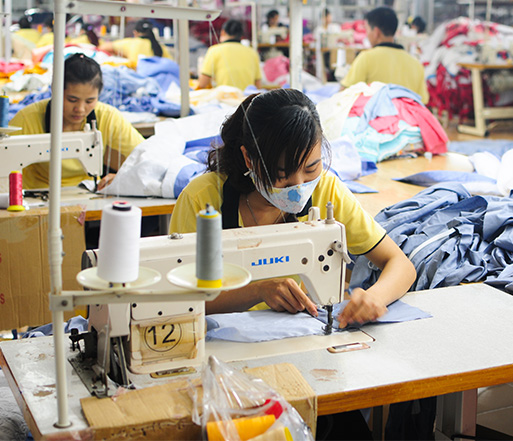
Articles
The Importance of Quality Assurance for Supply Chain Success

Articles
The Importance of Quality Assurance for Supply Chain Success
Articles
The Importance of Quality Assurance for Supply Chain Success

Halten Sie sich über die neuesten Informationen aus den Lieferketten auf dem Laufenden.
Customer satisfaction is the ultimate goal of all quality assurance efforts when establishing a comprehensive supply chain strategy.
Product quality has always been at the top of customer demands, but a desire for supply chain transparency and responsible sourcing is on the rise.
So, quality and transparency are cornerstones to customer satisfaction, but are frequent quality control checks enough to ensure all of this?
Perhaps, if a company is willing to waste its resources on excessive third-party testing, frequent product rework, and even discard of complete products.
In this article, we will examine t how quality assurance provides efficient safeguards against supply chain risks and the key elements that contribute to a successful supply chain quality assurance program.
Key Takeaways
- Quality assurance plays a vital role in supply chain management programs between production, supplier performance, and minimizing supply chain risk.
- Quality issues can be prevented at every point within the supply chain through production monitoring, transportation planning, and considering the customer’s values.
- Having the right tools and systems and talented team members will make your supply chain quality assurance program top tier.
The Role of Quality Assurance in Supply Chain Management
The quality assurance (QA) process establishes all product quality and compliance specifications, along with best practice guidelines for suppliers, farms, factories, warehouses, and shippers during the development stage of production.
Another role of quality assurance is establishing performance benchmarks for various processes throughout the supply chain to better understand current performance levels, as well as specific improvement opportunities moving forward.
How Can Quality Assurance Combat Supply Chain Risk?
The old adage, "high risk, high reward," may have felt more relevant when production safeguards weren't as sophisticated or readily available as they are now.
Today's business philosophy has changed. Supply chain management is inherently full of risk, and the greatest rewards come from carefully managing them.
The smartest way to combat risk is to:
1) recognize its potential sources and consequences beforehand
2) have a set of procedures in place whenever production cycle disruptions arise
Let's take a look at some common and potentially damaging risks.
Quality Product Failures
Several root causes can lead to production defects detected during quality control (QC) inspections..
Through quality assurance planning, preemptive analysis can provide on-site managers with potential, ready-made causes for the defect,including your preferred way of handling it.
Quality assurance is also a chance to review your suppliers’ performance history, such as the costs incurred through previous rework requests, corrective actions implemented to prevent recurring issues, and cost estimates for future rework scenarios.
With the right program, you have enough information to decide if your supplier needs additional tools and training to improve their output or needs to be replaced.
Logistics Challenges
A feeling of accomplishment comes with a successfully-made product that is free of defects, appropriately packaged, and market-compliant. However, the product must eventually be transported to other warehouses, countries, or end customers.
Transportation can present new challenges, , including chronic product delays, in-transit damage or spoilage, and even incorrect order fulfillment.
And believe it or not, a growing number of returns have nothing to do with delay or production defects at all. Customer expectations have extended to increasingly lenient return policies based on a simple change of mind.
E-commerce businesses are particularly vulnerable to this trend, as buyers tend to overbuy items they haven't physically seen with the intention of returning a fraction of it.
Therefore, company QA plans must include 'reverse logistics' measures, like dedicated warehouse space, to handle returns of re-saleable merchandise.
5 things you don’t want to miss when choosing your QMS!
Download now!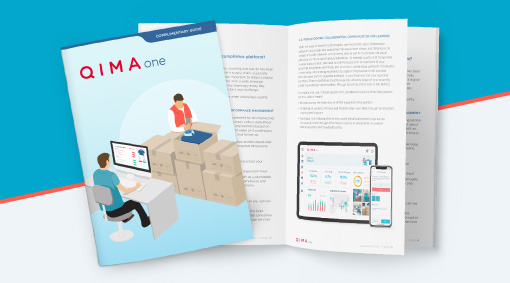
5 things you don’t want to miss when choosing your QMS!
Download now!Customer-Trusted Transparency
Increasingly, supply chain transparency has become its own category of concern for multi-tiered businesses.
According to social media analytics company Sprout Social’s report, "Almost 9 out of 10 Americans believe transparency from businesses is more important than ever before."
Furthermore, their study shows that when a business is transparent, customers are more likely to give them a second change even after a bad experience.
Along with high-quality products, customers want to know the product's history:
- Are worker rights and safety standards being upheld?
- Are your farms, factories, and mining sources practicing sustainability and environmental stewardship?
- Are you paying a fair price for valuable raw materials?
Therefore, quality assurance planning is the ideal time to establish supply chain transparency goals and metrics.
What Factors into Quality Assurance Success?
Successful risk management is dependent on talented workers and an effective management system.
Talented Team Members
Gaining and retaining supply chain talent that meets your brand’s expectations ensures excellent customer service and satisfaction. . The right team members will monitor product quality, defects, and complaints and handle them appropriately. The same goes for suppliers and manufacturers. By ensuring your entire team is following the same guidelines, your quality assurance program can run smoothly.
Effective Systems
A well-designed supply chain management system can fill any remaining knowledge gaps along the way.
Data collection technology, such as Radio Frequency Identification Tags (RFID),has revolutionized product tracking to provide granular-level detail about its source, makeup, and surrounding conditions.
This is especially beneficial for the food industry, as food handling and general labor laws have tightened. Food producers have to balance two opposing concerns: time and temperature-sensitive perishables, and laws restricting a driver's daily road hours.
Without real-time tracking and accessible delivery data, a quality assurance team would have difficulty planning routes that consistently meet all of the above requirements.
Additionally, during the QA stage of production, production details, best practice training manuals, and standardized inspection templates should be shared throughout your supply chain so that every partner can meet your expectations.
Comprehensive strategies and the right tools give supply chain partners a feeling of involvement and agency, with everyone working toward the same goal: an improved supply chain quality assurance program and satisfied customers.
How Can QIMAone Help?
No matter how talented, a quality manager can’t be on-site for every production process.
That’s why QIMAone's end-to-end quality and compliance software provides a unified, cloud-based platform for your company and its partners to have a comprehensive view of the supply chain.
Furthermore, through supply chain visualization, mapping, and real-time data collection, quality assurance efforts can empower you to combat sourcing, production, and delivery risk before they become insurmountable problems.
Our quality management software has been informed by over 15 years of testing, inspection, and certification (TIC) experience. Additionally, our digital library of training materials and inspection templates reflect changing market regulations as well as customer-led calls for product transparency.
Through successful quality assurance, your company doesn't need to chase after your goal blindly. With 360-degree visibility, your goal becomes visible and attainable for everyone across the supply chain.
Learn more about QIMAone applications by scheduling a demo today.
Die beliebtesten Artikel
Corrective Action Plans 101: Ihr grundlegender Leitfaden zur Sicherstellung der Qualität in der Lieferkette
Die Vorteile einer datengesteuerten Lieferkette
6 Benefits of Supply Chain Visibility
So wird ein Qualitätsmanagementsystem implementiert
Simpli Home: Sicherstellung der Produktqualität und Einhaltung von Vorschriften mit Hilfe von Lieferkettentechnologie
7 effektive Wege zur Verbesserung Ihres Qualitätsmanagementsystems
Supply Chain Visibility: Complete Guide for Supply Chain Managers
Optimieren Sie Ihre Qualitätssteuerung mit Leistungskennzahlen der Lieferanten
